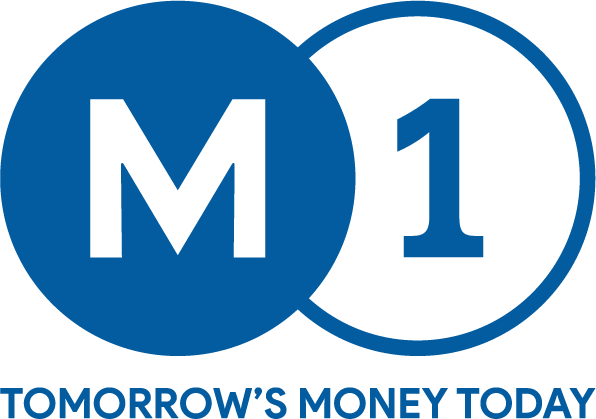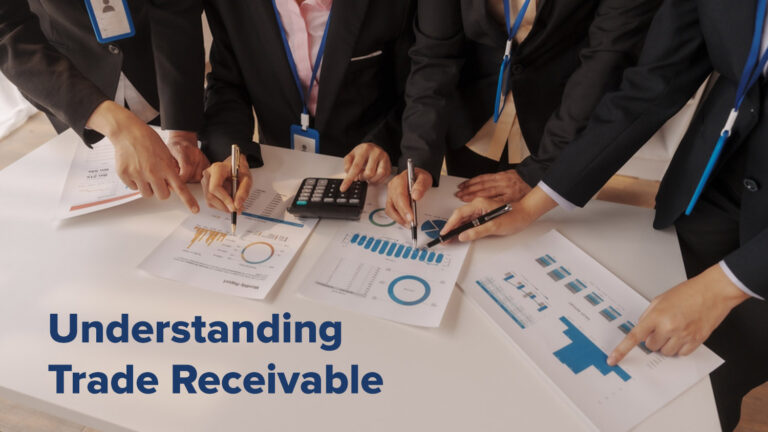India has around 6.3 crores registered Micro Small and Medium Enterprises (MSMEs) and reports indicate that the sector grew 18.5% Y-o-Y to reach 25.13 lakh (2.5 million) units in 2020. Over the last two decades, MSMEs have become a key player in India’s transformative economic journey. Currently, MSMEs contribute up to 31% of the country’s GDP through its national and international trade; and a sizable portion also comes from small businesses in rural and semi-urban areas of India.
Despite being heralded as the economy’s backbone, a large portion of the country’s MSMEs struggle with access to adequate cash flow. The introduction of TReDS (Trade Receivable Discounting System) in 2017 was the government’s answer to facilitate ‘financial inclusion’ of MSMEs through digitization. TReDs serves as an electronic platform for quick and transparent means to avail funds at cheaper rates by auctioning trade receivables (invoices), through banking and factoring companies.
Why is TReDs relevant now more than ever?
The pandemic brought the world economy to an almost grinding halt which meant that most organisations had no cash flow. MSMEs faced an additional challenge, banks were unwilling or unable to lend money to “non-reputed” firms. TReDs proved to be a saviour and game player for MSMEs by helping them maintain liquidity for their businesses during the financial crunch caused by the pandemic. It helped ease the financial burden faced by both the buyer and seller through:
Working capital optimisation: TReDs optimised working capital for all stakeholders; buyer, seller and financiers.
- Buyers were able to continue timely payments without straining their cash reserves and extend credit periods wherever needed.
- Sellers were able to ensure early payments on their receivables which allowed them to take up and fulfil more orders despite disruptions.
- Financiers could fulfil their PSL targets more efficiently in less time for the financial institutions. Access to a ready-made client base with more bankable leads also remained uninterrupted.
De-risking supply chain: TReDS allowed users to strengthen the financial supply chain with e-invoicing and digitizing of their procure-to-pay process, thereby smoothening workflows, minimizing paperwork, and ensuring timely payments, settlement, and reconciliations.
M1xchange – Catalyst for TReDs adoption in India
M1xchange is one of the only three RBI regulated TReDS platforms that provide financiers access to quality assets in the MSME space across a wide geography in minimal time, cost, and effort.
With over 800 anchor corporates and PSU enterprises as well as 37 banks in the M1 ecosystem, M1xchange is India’s largest and fastest-growing TReDS platform in terms of volumes of bills discounted. The blockchain-powered platform’s simple and user-friendly interface has significantly contributed to its fast uptake amongst MSMEs: 7500 businesses across 352 cities in India.
What makes M1 unique?
- User-friendly digital platform: It’s a solution-based approach for trade transactions and ease to use interface allows for seamless digital onboarding for participants. Its innovative and agile solution that is digitally secured makes it easy and convenient for participants.
- Bank agnostic: The liquidity on M1xchnage is the highest with a diversified portfolio of Nationalised, Private sector and Global banks. It also has the maximum number of operational financiers.
- Robust legal framework: M1xchange offers a strong legal framework for enforcing digital signing of bilateral documents between supplier and Financier for transferring the legal title of receivable. As a result, the banks’ legal system permits M1 as the TReDS platform of choice.
- National Presence: MSMEs from 352+ cities in India across Tier 1, Tier 2 & Tier 3 use the M1xchange TReDS platform for invoice discounting.
Road ahead: Future of MSMEs in India & trillion dollar economy
The Indian government has over the past few years made huge efforts to strengthen the position of MSMEs in line with its larger objective of improving ‘ease-of-doing-business’ in the country. A significant initiative taken in this regard by the government was changing the definition of MSMEs.
As per the revised definition, any firm with an investment of less than Rs 1 crore and turnover under Rs 5 crore will be classified as “Micro”. A company with an investment of less than Rs 10 crore and a turnover of less than Rs 50 crore will be classified as “Small” and a firm with an investment of less than Rs 50 crore and a turnover of under Rs 250 crore will be classified as “Medium”.
The reasons for this change was aimed to fuel and aid MSMEs to grow in size. This was made under Atma-nirbhar Bharat Abhiyaan Economic Package to assuage India’s economic predicament amidst the pandemic. We have witnessed the financing for MSME come down to 4.5% pa from 8% pa owing to the TReDS model; thereby helping the country become more competitive.
ndia’s digital finance ecosystem is at an all-time high ripe with fast adoption, rising financial inclusion and a conducive policy environment. We can expect payment discipline in India to undergo a change with TReDS adoption in times to come. This will bring ease in doing business for MSME and in turn their resultant expansion. Transparency will be enhanced further with digital interlinkage between TReDS and GST portal thereby making financing receivables easier and faster. The introduction of Trade credit insurance will enhance the coverage of TReDS to many more businesses in the country.
We are steadily on our way to become a self-reliant nation with MSMEs playing a vital role.
Last modified: August 29, 2023















